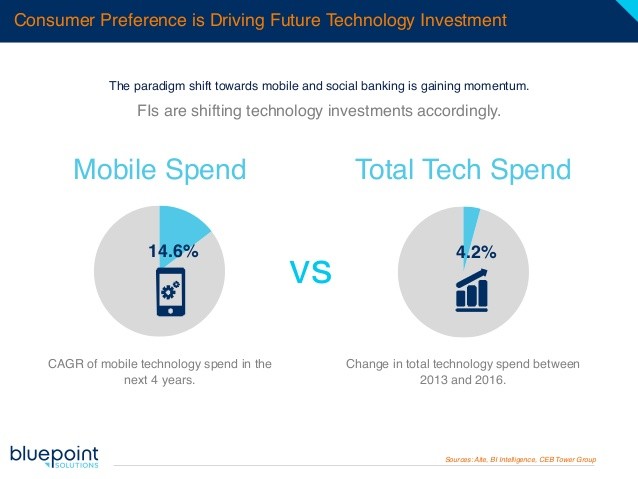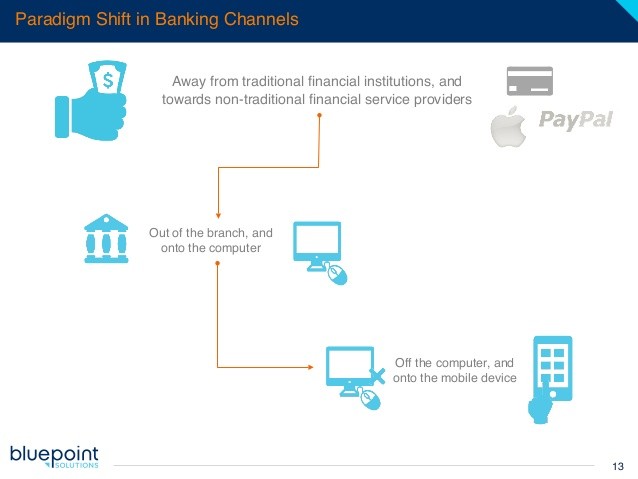Financial sector paradigm shift India Inc
Post on: 16 Март, 2015 No Comment

by Sateesh Kulkarni
The winds of change have been blowing across practically all of the Asia Pacific. Korea is pursuing chaebol reform; Taiwan is finalising a services pact with China with wide-ranging implications for trade and finance; the Philippines has overhauled the process for awarding infrastructure projects; Malaysia is reforming its power industry, and Singapore its transport sector. In Thailand, political reform is driving change. In Japan, China and Indonesia, the reshaping of policy is leading to radical alteration in the way business is done.
In India too, the new dispensation led by Prime Minister Narendra Modi that has now assumed power has signalled that it is willing to make tough decisions. The new government has taken charge at a time when the economy had to go through a phase of policy paralysis at the centre, falling industrial output and spiralling inflation.
One area that has been high on the new government’s agenda is the financial and banking sector reforms. Allowing public sector banks to work more professionally by reducing government stakes and intervention is the biggest change that can bring about a paradigm shift to this sector. The first budget of the Modi government has fuelled expectations of long-awaited reforms of public sector banks.
Finance Minister Arun Jaitley in his budget speech has said that the government will cut its stake in state-run banks by selling shares to retail investors and also consider giving greater autonomy to these banks. Public sector banks make up roughly 70 per cent of the Indian banking industry’s assets. Given strong growth prospects and the increasing requirement on capital adequacy per Basel standards, Indian banks will need to raise USD 70 billion in fresh capital over the next five years.
The government also agreed “in principle” on the need for consolidation of state-owned banks. According to Mr Jaitley, “While preserving the public ownership, the capital of these banks will be raised by increasing the shareholding of the people in a phased manner through the sale of shares largely through retail to Indian citizens.” Retail participation in the equity market is at a low and in this situation it is very difficult to sell shares to common people.

A sizeable chunk of money can be raised through equity dilution in banks. It is possible for the government to maintain 51 per cent stake in all banks and still raise more than USD 10-11.5 billion through the market if all banks raise money from the market.
The recent relaxation on asset-allocation rules on infrastructure and housing loans is encouraging and this will benefit the public sector banks. With a better asset mix, banks can potentially lower their lending rates to infrastructure projects by 150-200 basis points without compromising on spreads.
While the budget strikes a positive balance between prudent regulatory and policy regime on one hand with a growth oriented focus on the other, the government now has to address the more pressing challenges of capital infusion and infrastructure financing and also strengthening the financial inclusion agenda.
20Kulkarni%20india%20inc.jpg /% Sateesh Kulkarni has experience of over 20 years in conducting market research studies across a range of products and industries in Indian and foreign markets. He carries wide experience in undertaking evaluation studies, credit worthiness studies, brand evaluation and industry analysis. He has handled several trade and business delegations from Europe and Latin America. Has significant experience in automobile, FMCG, retail and food processing sector.














